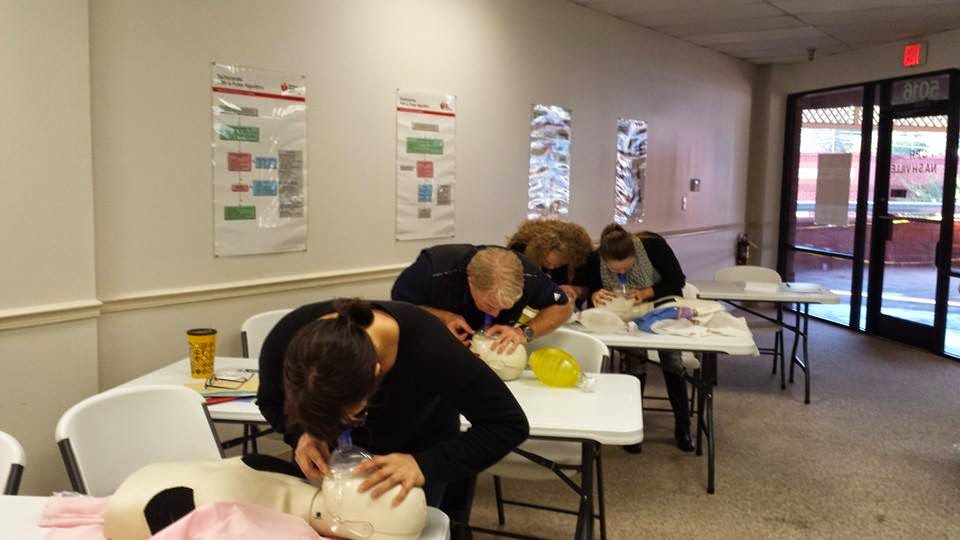Heart disease is a common topic of discussion anywhere. In countries like US where life is fast paced and people are living a sedentary lifestyle, cardiac problems are growing leaps and bounds. Most of the ailments related to heart are caused by improper food habit, wrong medication, ignoring physical discomfort like heaviness and/or pain on chest, numbness in neck or left arm, indiscipline way of living, poor sleep, and addiction to smoking, alcohol, and drugs.
The term heart failure is usually frightening. It does not necessarily state that the heart has stopped doing its work. It signifies that the heart is presently unable to pump as well as it continues. Next thing is retention of salt and water. It can be the reason of swelling and shortness of breath. This shortness of breath and swelling are known as the primary conditions of heart failure. Cardiac failure is a alarming health problem in the U.S. This affects almost five million American people. It is known to be the most alarming reason of hospitalization in people whose age is over 65.
- Kinds of Heart Diseases
- When Heart Fails
The term heart failure is usually frightening. It does not necessarily state that the heart has stopped doing its work. It signifies that the heart is presently unable to pump as well as it continues. Next thing is retention of salt and water. It can be the reason of swelling and shortness of breath. This shortness of breath and swelling are known as the primary conditions of heart failure. Cardiac failure is a alarming health problem in the U.S. This affects almost five million American people. It is known to be the most alarming reason of hospitalization in people whose age is over 65.
- Is here Any Solution?
- Spreading Awareness Is Necessary

Comments
Post a Comment